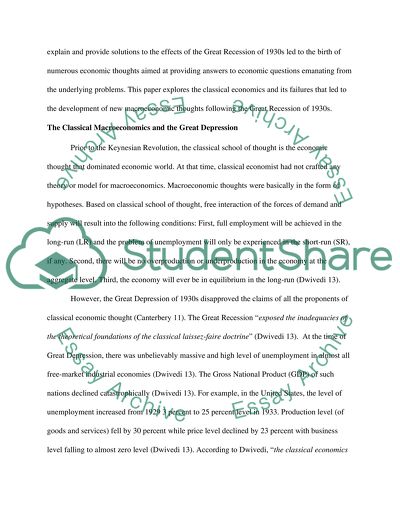Cite this document
(“Evolution of Macroeconomics as a schience: Events and Ideas Essay”, n.d.)
Retrieved from https://studentshare.org/macro-microeconomics/1491241-evolution-of-macroeconomics-as-a-schience-events-and-ideas
Retrieved from https://studentshare.org/macro-microeconomics/1491241-evolution-of-macroeconomics-as-a-schience-events-and-ideas
(Evolution of Macroeconomics As a Schience: Events and Ideas Essay)
https://studentshare.org/macro-microeconomics/1491241-evolution-of-macroeconomics-as-a-schience-events-and-ideas.
https://studentshare.org/macro-microeconomics/1491241-evolution-of-macroeconomics-as-a-schience-events-and-ideas.
“Evolution of Macroeconomics As a Schience: Events and Ideas Essay”, n.d. https://studentshare.org/macro-microeconomics/1491241-evolution-of-macroeconomics-as-a-schience-events-and-ideas.


